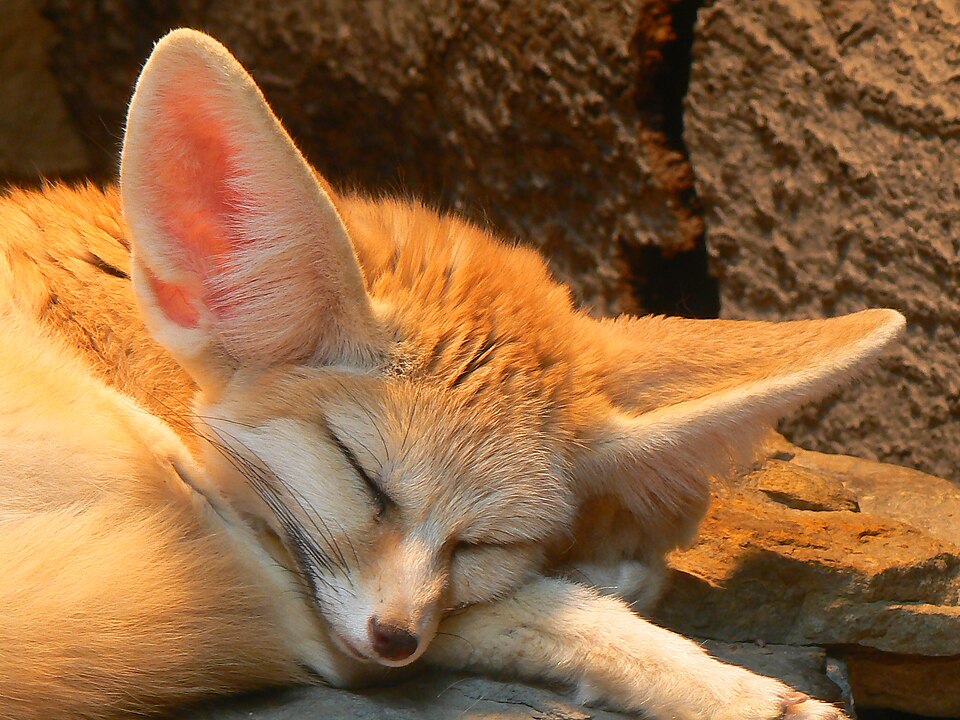20 Rare Desert-Dwelling Creatures Worth the Trip
The fennec fox is a small nocturnal animal found in the sandy deserts of North Africa. Its most distinctive feature is its oversized ears, which help release heat and detect prey in the quiet desert nights. These foxes have a pale coat that blends with the desert sand, making them difficult to spot. Their diet includes insects, small mammals, and plants, which they hunt or forage under the cover of darkness.
Visitors hoping to see a fennec fox will need patience since they are shy and mostly active at night. In some regions, guided night tours increase the chances of spotting one without disturbing its natural behavior. The experience of seeing a fennec fox in its habitat offers a rare glimpse into the delicate balance of life in extreme climates. Observing them also highlights the variety of adaptations animals develop to survive in harsh environments.
This post may contain affiliate links, which helps keep this content free. Please read our disclosure for more info.
Desert Horned Lizard
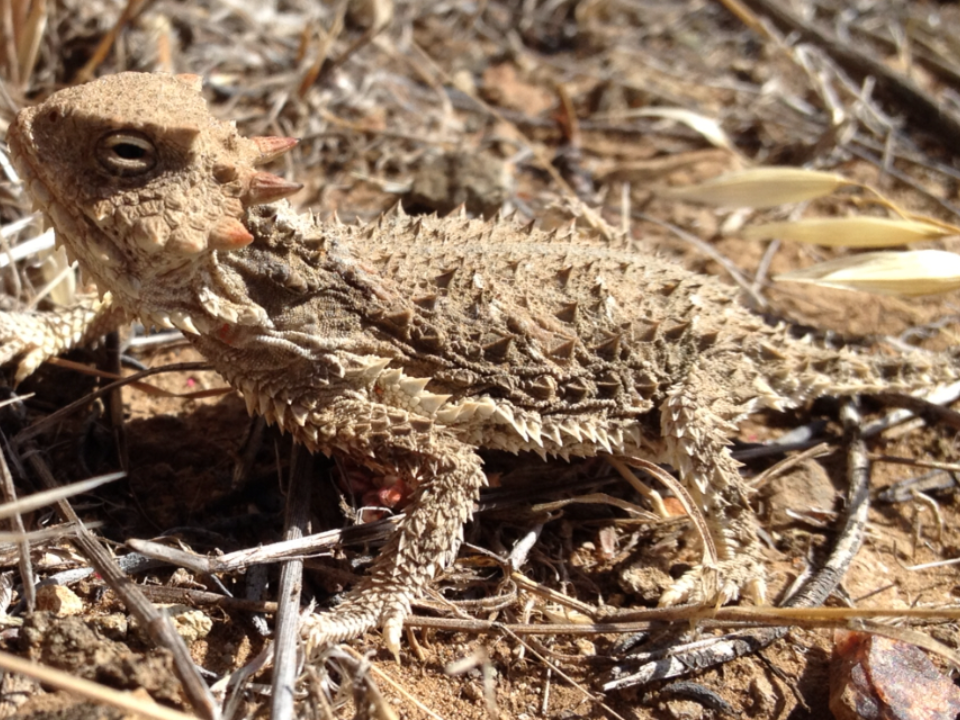
The desert horned lizard, often called the horned toad despite being a reptile, thrives in arid parts of North America. Its flattened body and spiny crown help it blend into rocky terrain, protecting it from predators. These lizards feed mainly on ants, and their slow movements make them appear almost invisible when still. One of their unusual defenses is the ability to squirt blood from their eyes to confuse predators.
Travelers exploring desert trails might spot these lizards basking on sun-warmed stones. Their camouflage is so effective that many people pass by without noticing them. Watching one in the wild offers an understanding of how survival often depends on stillness and disguise rather than speed or aggression. For wildlife enthusiasts, they are an intriguing reminder of nature’s inventive ways of protection.
Sand Cat
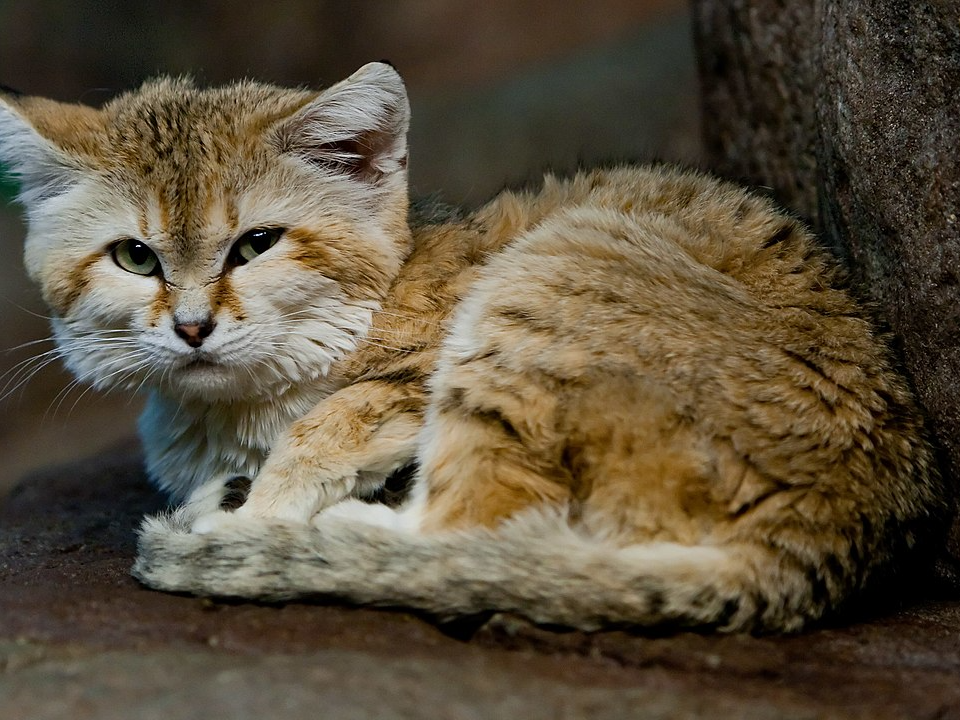
The sand cat is a rare wild feline adapted to the deserts of North Africa, the Middle East, and Central Asia. Unlike other wild cats, it can survive without drinking water for long periods, getting moisture from its prey. Its pale fur matches the desert sands, and thick hair on its paws protects it from hot surfaces. These cats are solitary and primarily active at night, making them challenging to spot.
Wildlife photographers consider the sand cat a prized subject due to its elusive nature. Some desert reserves offer night drives to increase the possibility of sightings. Seeing a sand cat in person feels almost surreal since they appear like domestic cats yet are perfectly adapted to one of the harshest environments on Earth. Their existence shows the quiet resilience of desert wildlife.
Thorny Devil

Native to the deserts of Australia, the thorny devil is covered in spines that protect it from predators. Its coloration changes depending on temperature and light, helping it blend with sand and vegetation. This lizard feeds almost exclusively on ants, consuming thousands in a single day. Small grooves between its scales channel water from any part of its body directly to its mouth.
Travelers to remote desert areas in Australia may encounter these unique lizards during daylight hours. They move slowly and deliberately, often pausing to survey their surroundings. Seeing one in the wild reveals how desert creatures use both physical adaptations and behavior to survive. Their unusual appearance makes them one of the most memorable animals in the region.
Addax Antelope
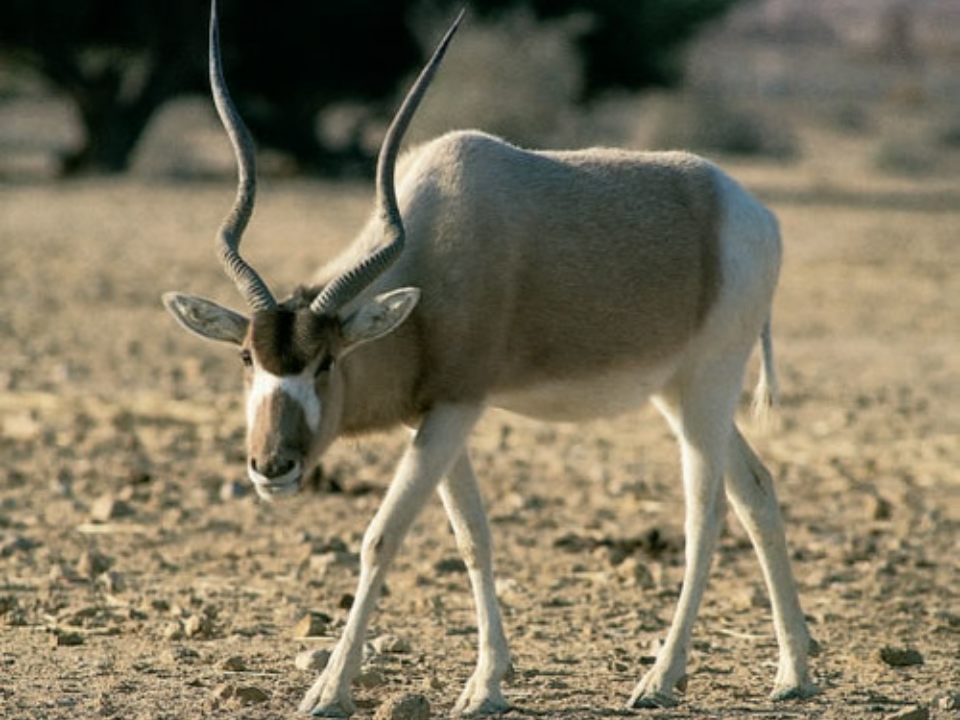
The addax antelope, also known as the white antelope, roams the deserts of North Africa. It has long, twisted horns and a coat that changes from white in summer to grayish-brown in winter. This antelope can survive without direct water for long periods, deriving hydration from the plants it eats. Unfortunately, it is critically endangered due to hunting and habitat loss.
Visiting protected reserves is one of the few ways to see addax antelopes in the wild. These animals move slowly across sand dunes, their wide hooves preventing them from sinking. Witnessing them in their natural range provides insight into the fragile balance between human activity and wildlife survival. Their scarcity makes any encounter particularly meaningful.
Jerboa
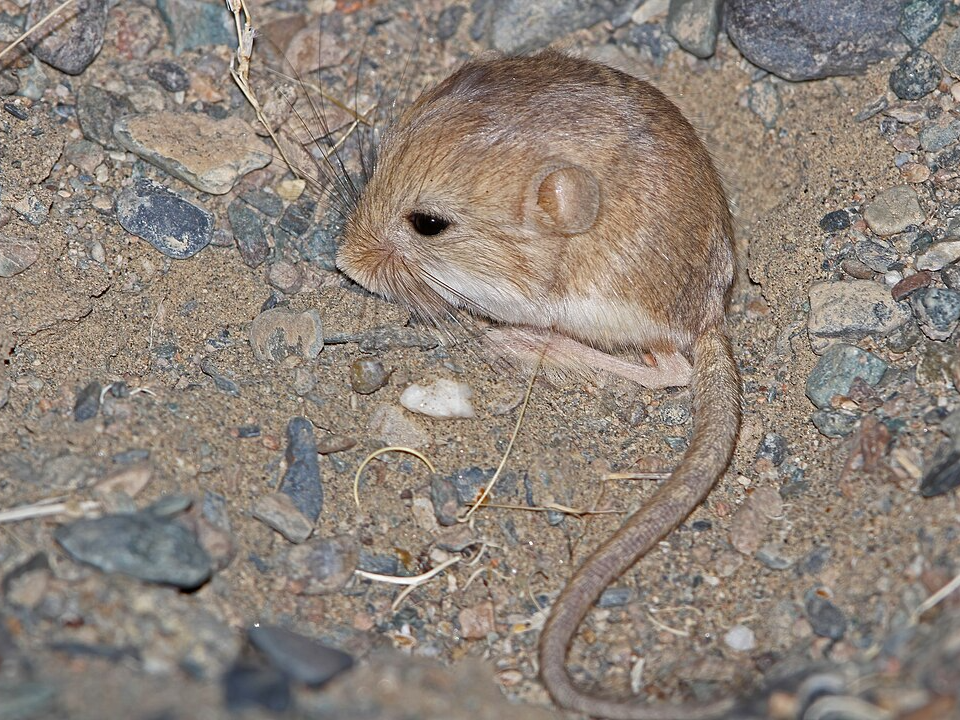
The jerboa is a small rodent found in the deserts of Asia and North Africa, known for its long hind legs and ability to leap several feet in a single bound. It uses these powerful jumps to escape predators and move quickly between food sources. Its large eyes and ears help it detect threats in the dim light of night. Jerboas feed mainly on seeds and plants, allowing them to survive without drinking water.
Travelers might catch sight of jerboas at dusk when they emerge from their burrows. Their movements are quick and erratic, making them both entertaining and challenging to observe. Seeing one in the wild gives visitors a chance to appreciate how even the smallest animals have specialized traits to live in extreme heat and arid conditions. They are a perfect example of energy conservation in a harsh landscape.
Sidewinder Rattlesnake
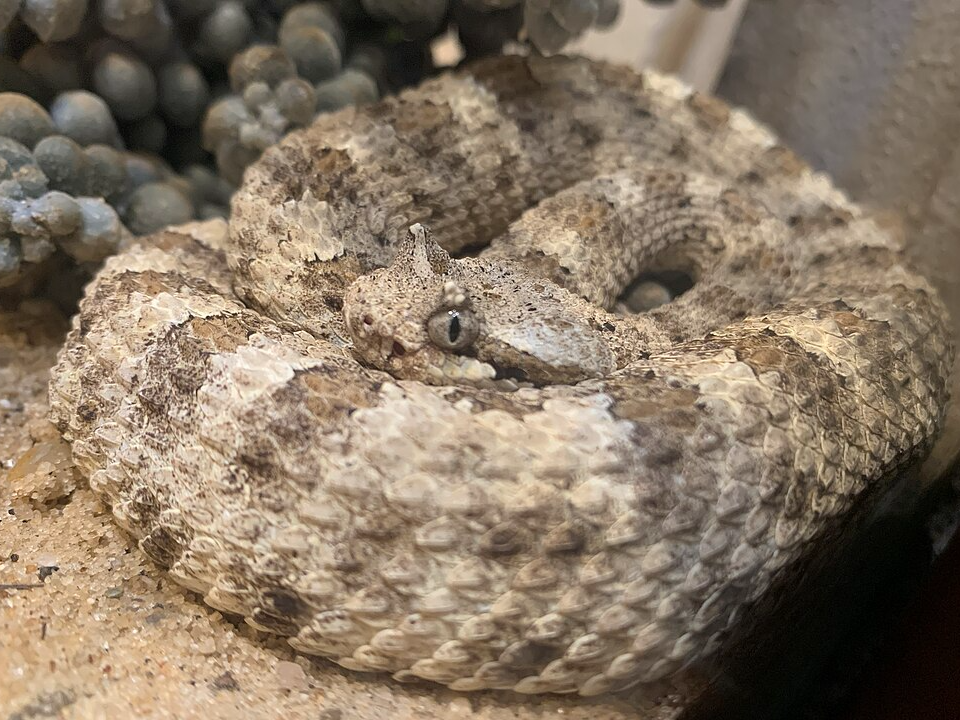
The sidewinder rattlesnake is found in the deserts of the southwestern United States and parts of Mexico. It gets its name from its unique sideways movement, which allows it to cross loose sand without overheating. Its light-colored body provides camouflage, and it uses heat-sensing pits to locate prey at night. Like other rattlesnakes, it has a venomous bite that it uses to immobilize small animals.
Spotting a sidewinder in the wild requires caution and distance. Desert hikers may see their winding tracks in the sand before encountering the snake itself. Observing their movement is fascinating because it is both graceful and efficient for survival in sandy terrain. While dangerous if provoked, they are an important part of the desert ecosystem.
Arabian Oryx
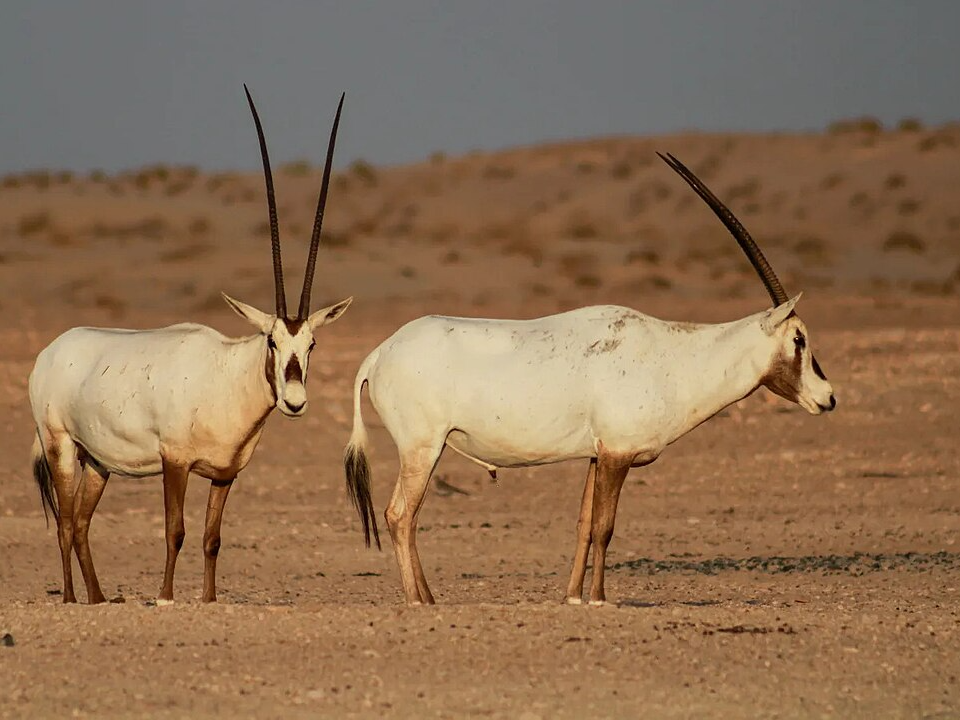
The Arabian oryx is a striking antelope native to the Arabian Peninsula. Recognizable by its long, straight horns and white coat, it has adapted to survive in hot and dry conditions. These animals feed on grasses, herbs, and roots, traveling long distances to find food. Conservation programs have helped reintroduce them into the wild after near extinction.
Visitors to protected reserves in Oman, Saudi Arabia, and the UAE have the best chance of seeing these elegant animals. Watching an oryx herd move across a sunlit desert is a breathtaking sight. They represent both resilience and the success of wildlife protection efforts in arid environments. Their presence is a reminder that dedicated conservation can restore even the rarest desert species.
Desert Tortoise
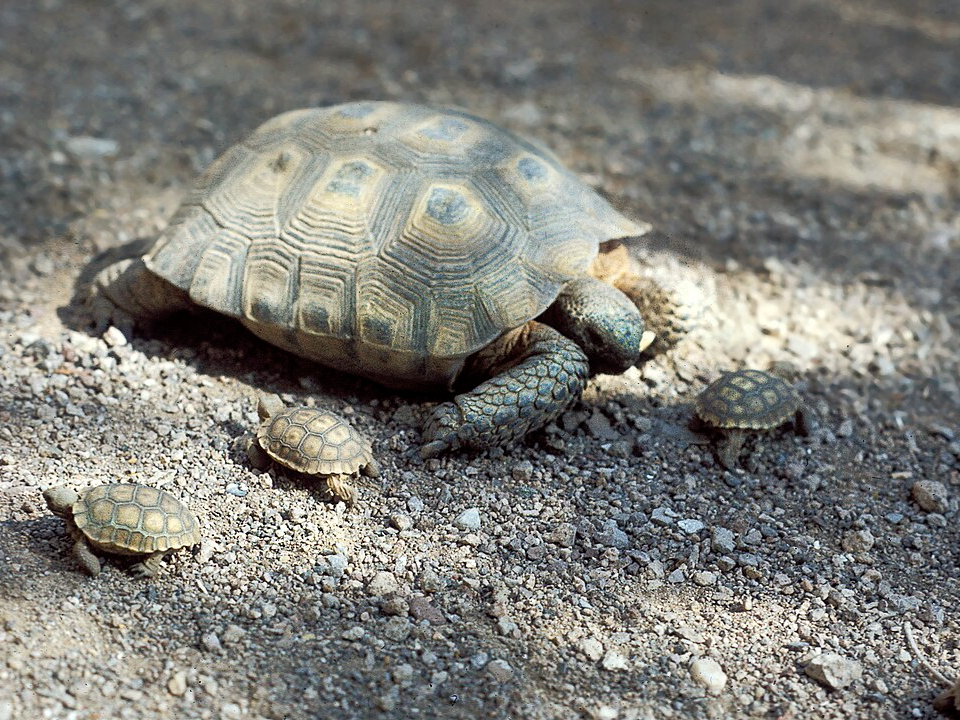
The desert tortoise lives in the southwestern United States and northwestern Mexico. It spends most of its life in underground burrows to escape extreme heat and can live for over 80 years. This slow-moving reptile feeds on grasses, flowers, and cactus pads. Its water storage ability allows it to survive for months without a drink.
Spotting a desert tortoise in the wild is rare since they spend much of the year hidden. When they do emerge, it is often during cooler spring or autumn days. Their calm and steady lifestyle is perfectly adapted to the unpredictable desert climate. Observing one in its natural habitat feels like meeting a living piece of ancient history.
Greater Bilby

The greater bilby is a nocturnal marsupial native to the arid regions of Australia. It has large ears for detecting predators and digging for insects, seeds, and roots. Its silky fur and long tail make it visually distinct from other small mammals. Once widespread, it now survives mainly in protected areas due to habitat loss and predators.
Seeing a greater bilby in the wild is a rare experience, often requiring night tours in conservation zones. These animals play an important role in soil health by digging burrows that improve water penetration. Watching them forage under the stars provides a unique connection to the desert’s hidden life. Their survival depends heavily on ongoing conservation work.
Deathstalker Scorpion
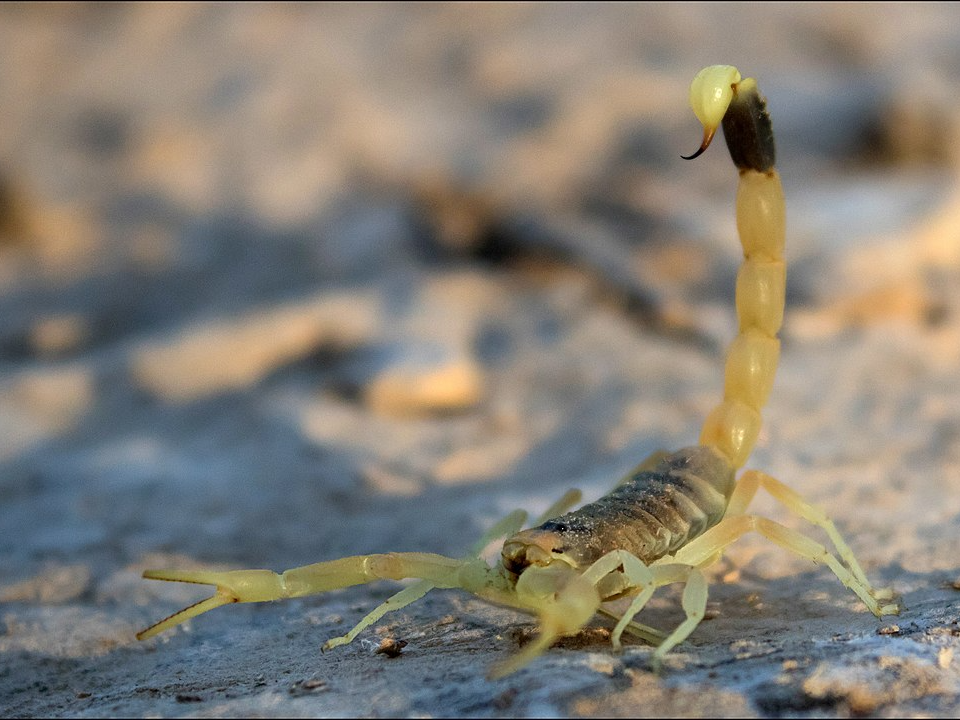
The deathstalker scorpion is one of the most venomous scorpions in the world, found in deserts across North Africa and the Middle East. It has a slender yellow body and a sting that delivers a powerful toxin. Despite its fearsome reputation, it plays an important role in controlling insect populations. It hides under rocks or burrows during the day to avoid the sun.
Nighttime is the best opportunity to spot a deathstalker, often glowing under ultraviolet light. Desert tours with knowledgeable guides may show visitors these glowing predators safely from a distance. While dangerous, they are a reminder that every creature in the desert has a role to play in the ecosystem. Their presence also highlights the need for awareness when exploring desert landscapes.
Saiga Antelope
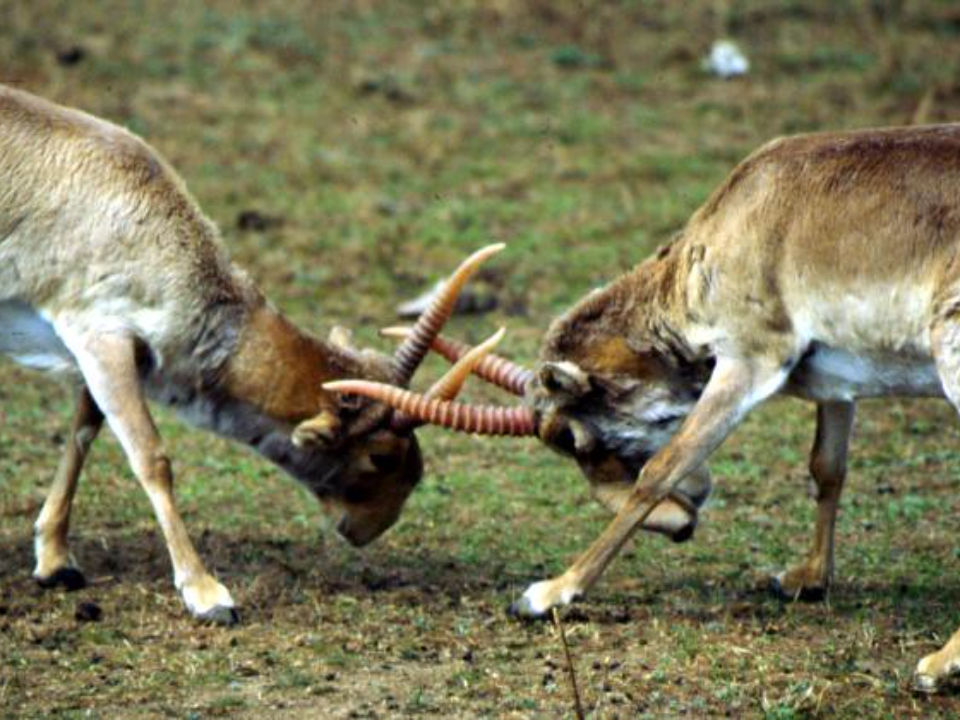
The saiga antelope roams the semi-arid steppes and deserts of Central Asia. Its most distinctive feature is its large, bulbous nose, which filters dust and warms cold air in winter. Saigas migrate seasonally in large herds, covering great distances to find food and water. Unfortunately, they face serious threats from poaching and habitat loss.
Seeing saigas in the wild often involves traveling to remote regions of Kazakhstan or Mongolia. Witnessing their massive herds move across open plains is an unforgettable experience. Their unusual appearance sets them apart from any other antelope species. Conservation efforts are ongoing to help preserve their fragile populations.
Gila Monster
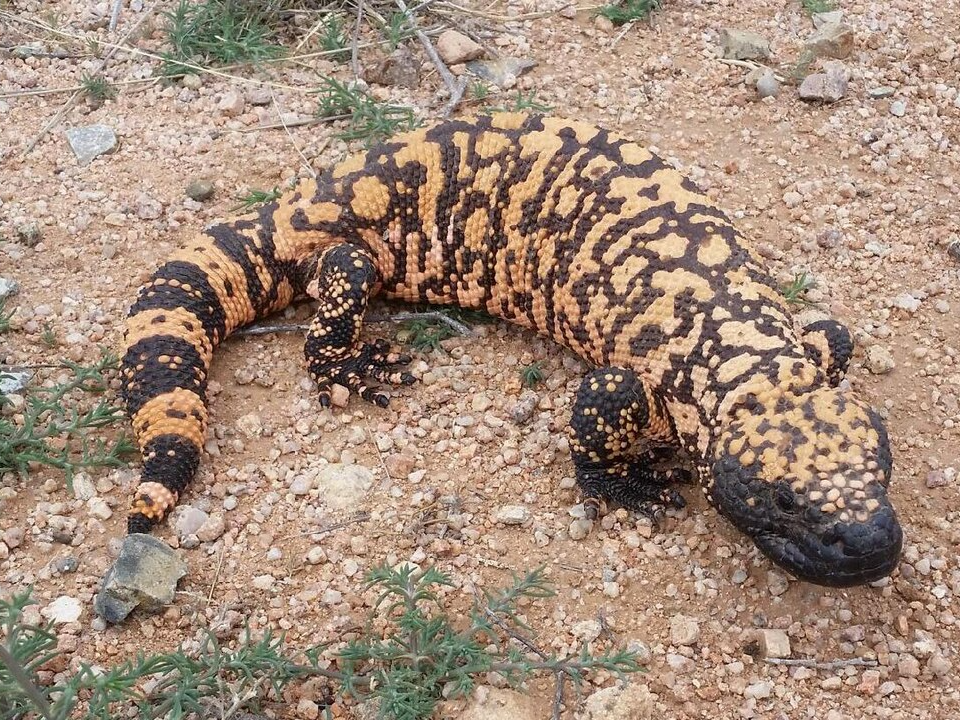
The Gila monster is one of the few venomous lizards in the world and lives in the deserts of the southwestern United States and northern Mexico. Its distinctive black and orange patterned skin helps it blend into rocky terrain. These lizards feed mainly on bird eggs, small mammals, and reptiles, storing fat in their tails to survive when food is scarce. They spend much of their time underground, emerging mainly in the cooler hours of the day.
Encountering a Gila monster in the wild is rare due to its secretive nature. Observers should keep a safe distance as their bite can be harmful, though they are generally slow-moving and avoid confrontation. Watching one move slowly over desert stones offers a glimpse into a reptile perfectly suited to survive in hot, dry climates. Their survival strategy relies heavily on conserving energy and avoiding unnecessary exposure to the sun.
Desert Hedgehog
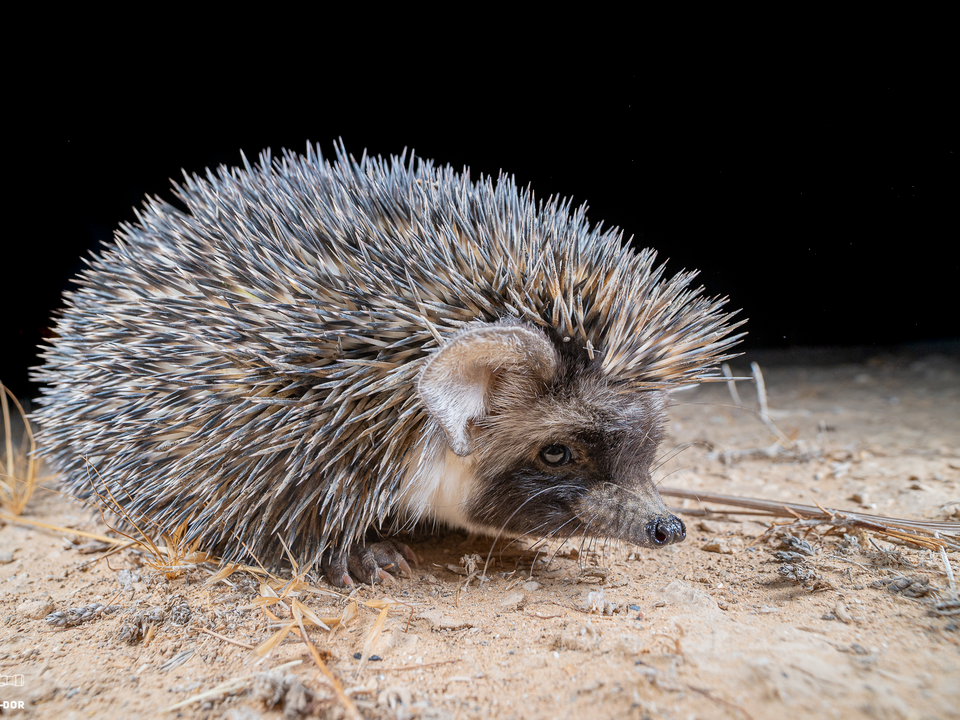
The desert hedgehog is a small, spiny mammal found in parts of North Africa and the Middle East. It has shorter spines and a more compact body than its forest-dwelling relatives, which helps it retain moisture. These hedgehogs are nocturnal, feeding on insects, small reptiles, and plant matter. Their ability to roll into a tight ball provides excellent protection from predators.
Travelers may spot desert hedgehogs at night, especially after cooler evenings. Watching one forage is a quiet and charming experience, as they move slowly and methodically through sandy terrain. Their compact size and defensive behavior make them a fascinating example of desert adaptation. They play an important role in controlling insect populations.
Secretary Bird
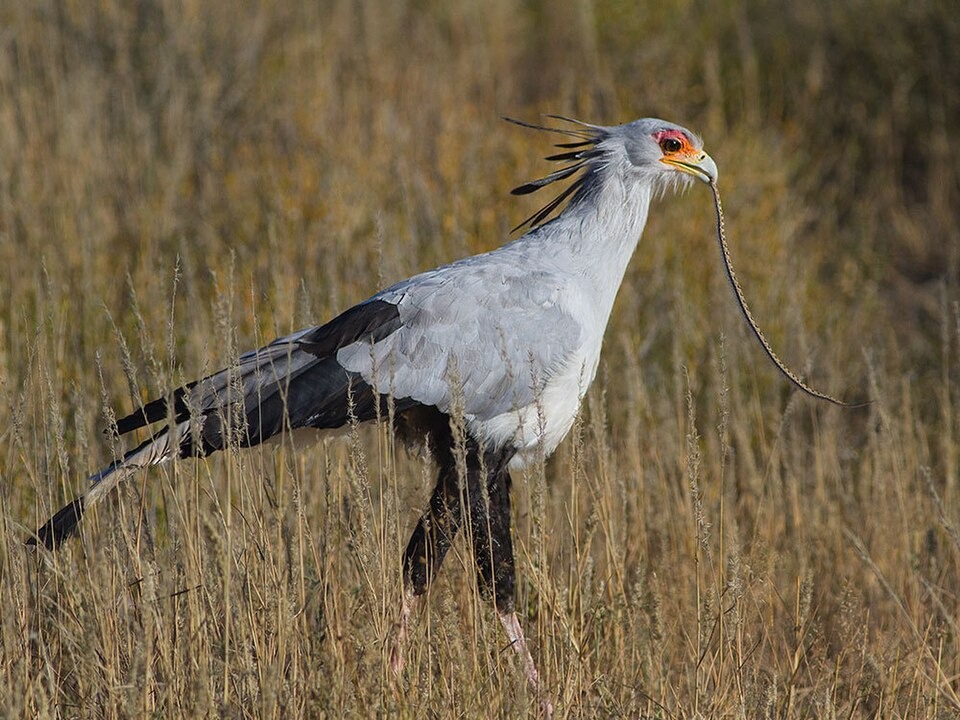
The secretary bird is a tall, long-legged bird found in the grasslands and semi-deserts of sub-Saharan Africa. Known for its striking appearance, it has crane-like legs and an eagle-like head with long feathers resembling quill pens. It hunts snakes, lizards, and small mammals, often stomping prey with its powerful legs. Its large wings allow it to soar over great distances in search of food.
Seeing a secretary bird in the wild can be a highlight for birdwatchers visiting African deserts. Their unique hunting style is both effective and dramatic. Watching one stride through open terrain demonstrates how specialized adaptations allow survival in harsh environments. They are a powerful symbol of the wildlife diversity found in semi-arid regions.
Desert Iguana
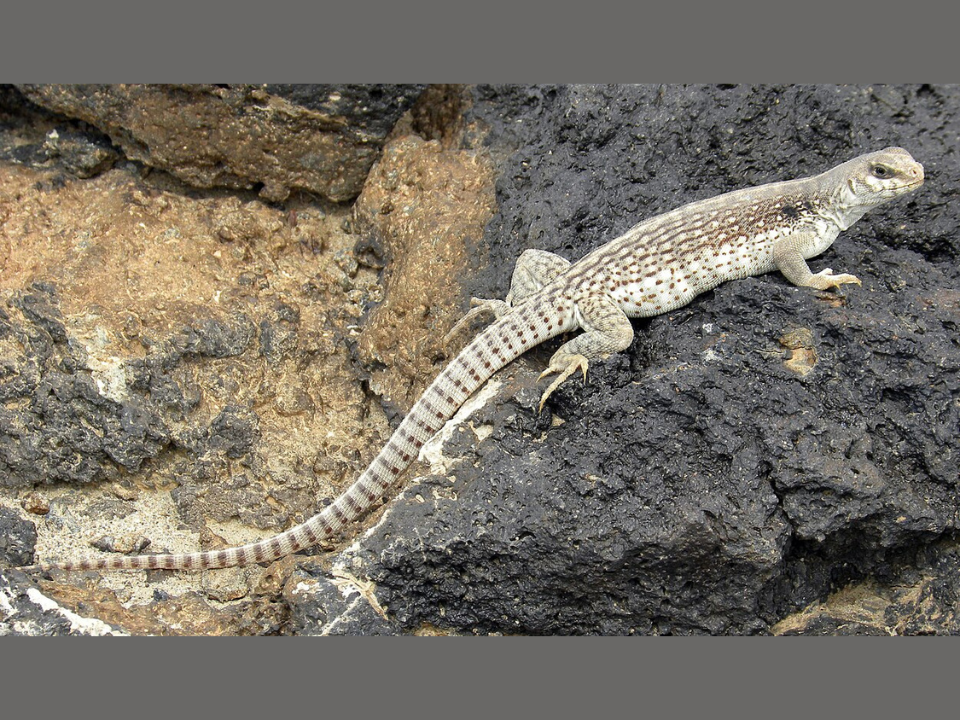
The desert iguana is a medium-sized lizard found in the Mojave and Sonoran Deserts. It has pale, patterned skin that reflects sunlight and helps regulate body temperature. These iguanas are active during the hottest part of the day, feeding mainly on flowers, leaves, and fruits of desert plants. Their burrows provide shelter from extreme heat and predators.
Visitors in desert parks often spot these lizards sunning themselves on rocks. Their tolerance for high temperatures makes them more visible during midday when other animals hide. Observing their foraging behavior offers insight into how herbivorous reptiles contribute to the desert ecosystem. They are an important part of the food chain for larger predators.
Camel Spider
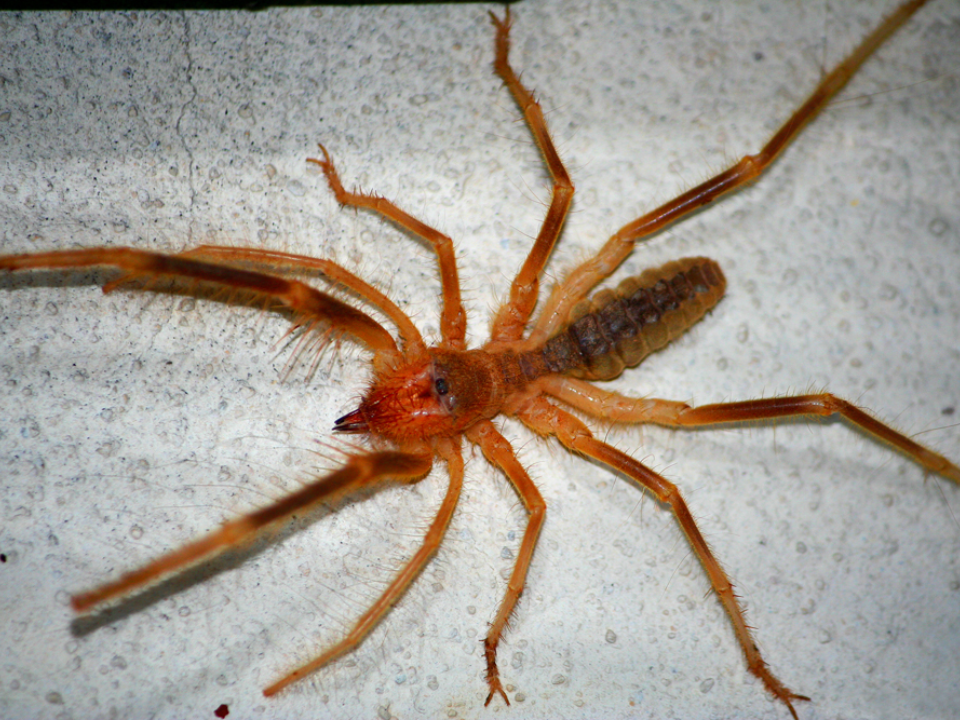
Camel spiders, also called wind scorpions, are arachnids found in deserts worldwide. Despite their name, they are neither true spiders nor scorpions. They are fast-moving hunters that feed on insects, lizards, and small mammals. Their large jaws and speed make them effective predators in sandy terrain.
Although they may appear intimidating, camel spiders are not venomous to humans. Spotting one in the wild is a rare and exciting event due to their speed and secretive habits. They are most active at night, using the cover of darkness to hunt. Observing one can offer a better understanding of the variety of creatures that thrive in desert environments.
African Wild Ass
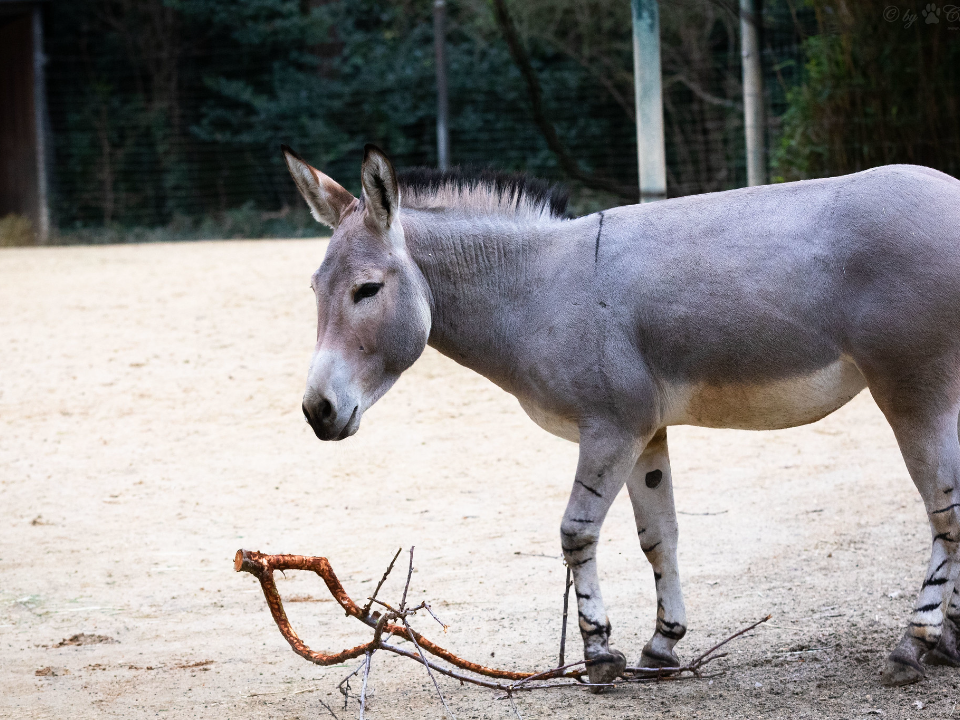
The African wild ass is a critically endangered equid found in arid regions of Eritrea, Ethiopia, and Somalia. It has a light gray coat, narrow black stripes on its legs, and strong hooves for navigating rocky deserts. These animals survive on sparse vegetation and can go for long periods without drinking, relying on morning dew and moisture in plants. They live in small groups, often led by a dominant male.
Travelers visiting certain protected areas may see these rare animals roaming freely. Their resilience and adaptability to harsh conditions are remarkable. Observing them in their natural habitat reinforces the importance of protecting desert wildlife from overgrazing and habitat loss. They are a living link to the domesticated donkeys found around the world today.
Rock Hyrax
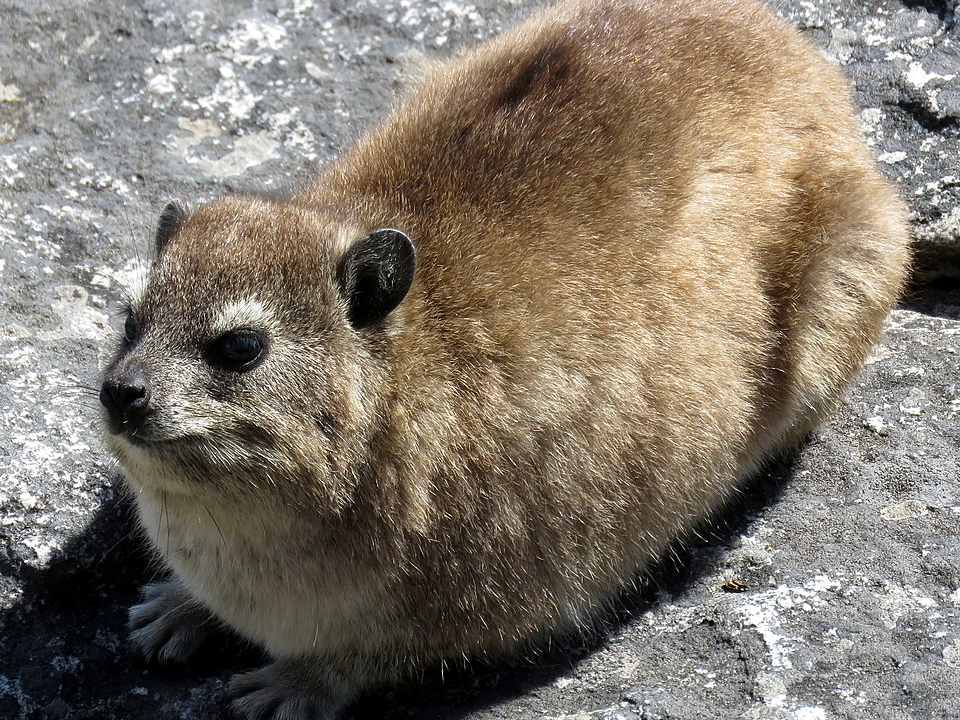
The rock hyrax is a small mammal found in rocky and semi-arid areas of Africa and the Middle East. Though it resembles a rodent, its closest relatives are elephants and manatees. Hyraxes live in colonies and feed on grasses, leaves, and fruits. Their padded feet provide excellent grip on rocky surfaces, helping them escape predators.
Spotting a rock hyrax sunbathing on a rock ledge is a common sight in certain desert regions. They are social animals, often seen in groups warming themselves in the morning sun. Their alert calls warn the colony of danger, showing how cooperation helps survival. Watching them interact gives a charming view of desert social life.
Desert Locust
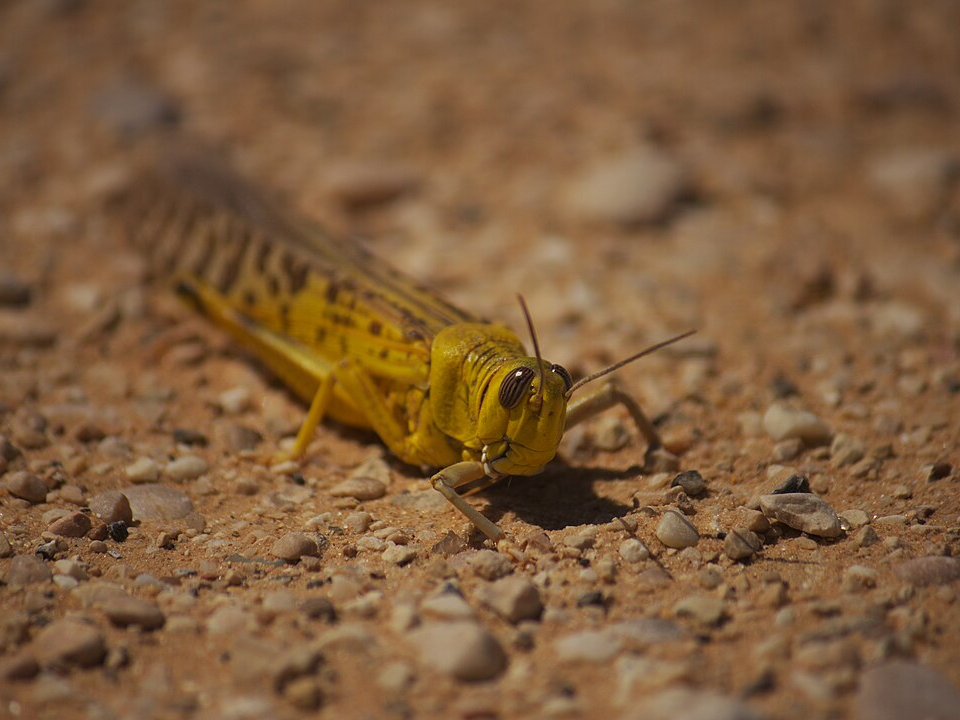
The desert locust is an insect known for its ability to form massive swarms that can travel great distances. Found across Africa, the Middle East, and parts of Asia, these locusts feed on a wide range of plants. In solitary form, they are less noticeable, but under certain conditions, their population explodes, leading to destructive swarms. Their coloration changes during these population shifts, helping them blend in with their surroundings.
Seeing a desert locust in its solitary state is far different from witnessing a swarm. While swarms can devastate crops, the insect itself is a fascinating example of how environmental conditions can change animal behavior. Researchers study them to understand migration patterns and prevent agricultural damage. Their adaptability makes them one of the most studied desert insects in the world.
This article originally appeared on Avocadu.

